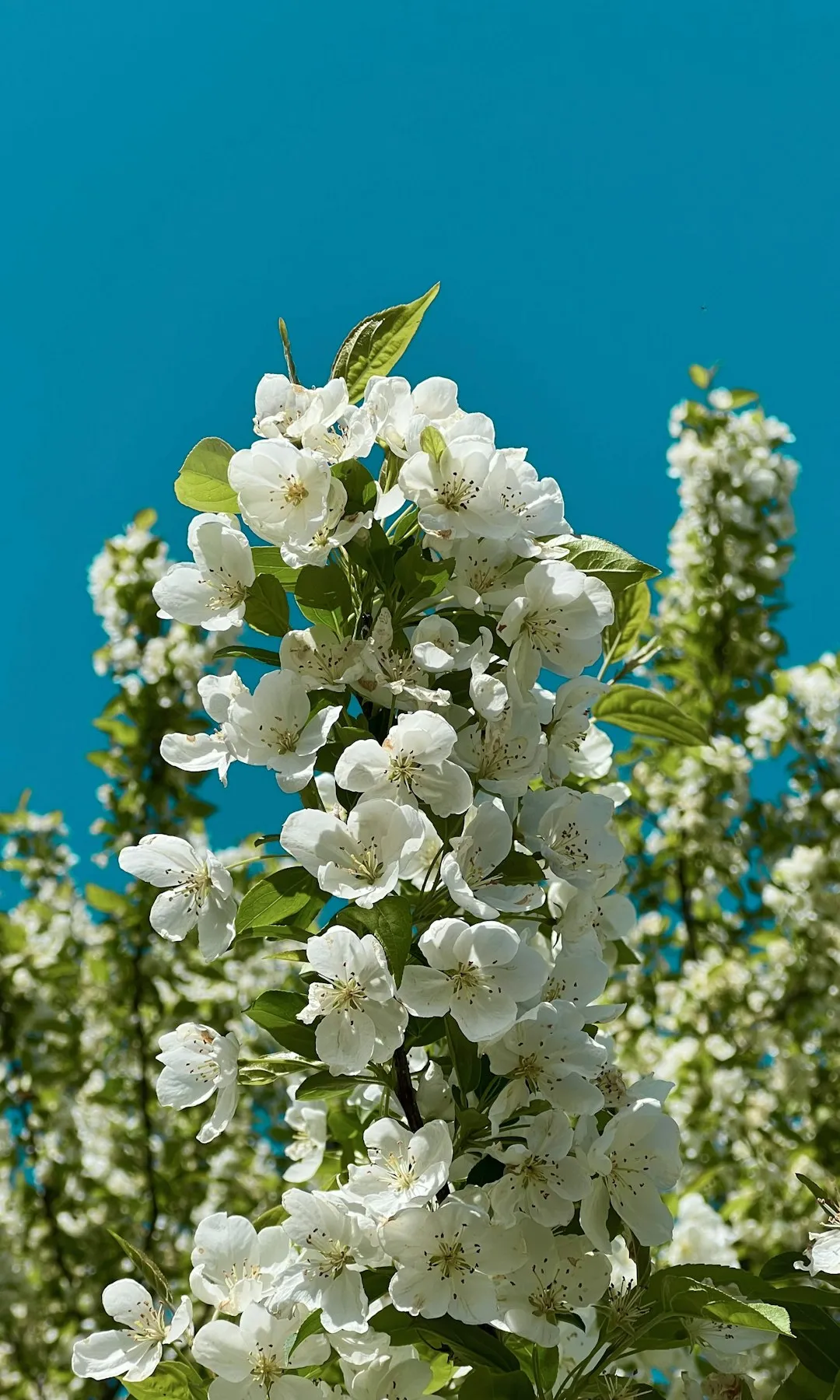The Gravel Guide: Avoiding Common Pitfalls in Landscape Design

Landscaping is an art that combines creativity and practicality, and gravel is a versatile material that can enhance the beauty and functionality of your outdoor space. However, to maximize the benefits of gravel in your landscape, it's crucial to avoid potential pitfalls such as choosing the wrong type, poor placement, and improper installation. In this article, we'll explore these common mistakes and provide tips on how to use gravel effectively in your landscaping projects.
Choosing the Right Type of Gravel
One of the most important decisions when using gravel in your landscape is selecting the right type. Gravel comes in a variety of sizes, shapes, colors, and textures, each with its own unique characteristics and uses. For example, pea gravel is a popular choice for pathways and driveways because it's smooth, comfortable to walk on, and easy to install. On the other hand, crushed stone is a more durable option that's ideal for areas with heavy traffic, such as parking lots and driveways.
When choosing gravel, consider the following factors:
- Size: The size of the gravel will depend on the intended use and the overall design of your landscape. Smaller gravel is better for areas where you want a more refined look, while larger gravel is more suitable for areas where you need more stability and drainage.
- Shape: Gravel can be either rounded or angular. Rounded gravel is smoother and more comfortable to walk on, while angular gravel provides better traction and stability.
- Color: Gravel comes in a variety of colors, from natural earth tones to bright, bold hues. Choose a color that complements the existing elements of your landscape, such as your home, plants, and other hardscaping features.
- Texture: The texture of the gravel can also affect its appearance and functionality. Smooth gravel is more comfortable to walk on, while rough gravel provides better traction and drainage.
Proper Placement of Gravel
Once you've chosen the right type of gravel, the next step is to determine the best placement for it in your landscape. Gravel can be used in a variety of ways, including as a ground cover, a pathway material, a border for flower beds, or a decorative element in a water feature. When placing gravel, consider the following tips:
- Create a clear edge: To prevent the gravel from spreading into other areas of your landscape, create a clear edge using a border material such as edging stones, bricks, or plastic edging.
- Use a weed barrier: To prevent weeds from growing through the gravel, lay a weed barrier fabric beneath the gravel. This will help keep your landscape looking neat and tidy.
- Consider the slope: If you're using gravel on a slope, make sure to choose a type of gravel that's suitable for the slope and install it properly to prevent erosion.
- Think about drainage: Gravel is a porous material that allows water to drain through it, which can help prevent waterlogging and erosion. When placing gravel, make sure to create a slope or drainage system to direct water away from your home and other structures.
Proper Installation of Gravel
Proper installation is key to ensuring that your gravel looks great and lasts for years to come. Here are some tips for installing gravel correctly:
- Prepare the area: Before installing the gravel, prepare the area by removing any grass, weeds, or debris. Level the ground and make sure it's compacted to provide a stable base for the gravel.
- Install a base layer: Depending on the type of gravel and the intended use, you may need to install a base layer of crushed stone or sand to provide additional stability and drainage. The thickness of the base layer will depend on the size and type of gravel you're using.
- Spread the gravel: Once the base layer is in place, spread the gravel evenly over the area using a rake or a shovel. Make sure the gravel is at least 2-3 inches deep to provide adequate coverage and stability.
- Compact the gravel: After spreading the gravel, use a compactor or a roller to compact it. This will help prevent the gravel from shifting and settling over time.
- Maintain the gravel: To keep your gravel looking its best, it's important to maintain it regularly. This may include raking the gravel to keep it level, removing any weeds or debris, and adding more gravel as needed to maintain the desired depth.
In conclusion, gravel is a versatile and cost-effective material that can enhance the beauty and functionality of your landscape. By choosing the right type of gravel, placing it properly, and installing it correctly, you can avoid potential pitfalls and maximize the benefits of gravel in your outdoor space. So, go ahead and get creative with gravel in your landscaping projects, and enjoy the many benefits it has to offer!